Ecological awareness is not just an individual case. But what are the most ecological cities in the world?
Our daily news has the unfortunate tendency to announce bad news rather than good news. If it is true that our planet is going wrong and is in danger, we must also realize the positive actions undertaken around the world. Whether it’s a young woman alerting the world’s population to the state of the planet, associations fighting against winds and tides for the protection of the oceans or animals, your neighbor who manufactures its products itself, or you, who try to consume responsibly, everyone is concerned. And everyone's acting on his own scale. Cities have decided to become more ecological.
Some of them have faced global warming and its negative effects for many years. Through the various ideas and solutions put in place, they gradually become the most ecological cities in the world. Greener, less polluted, less polluting... Just cleaner, these cities show us that a better world is possible.
1. Amsterdam (Netherlands)
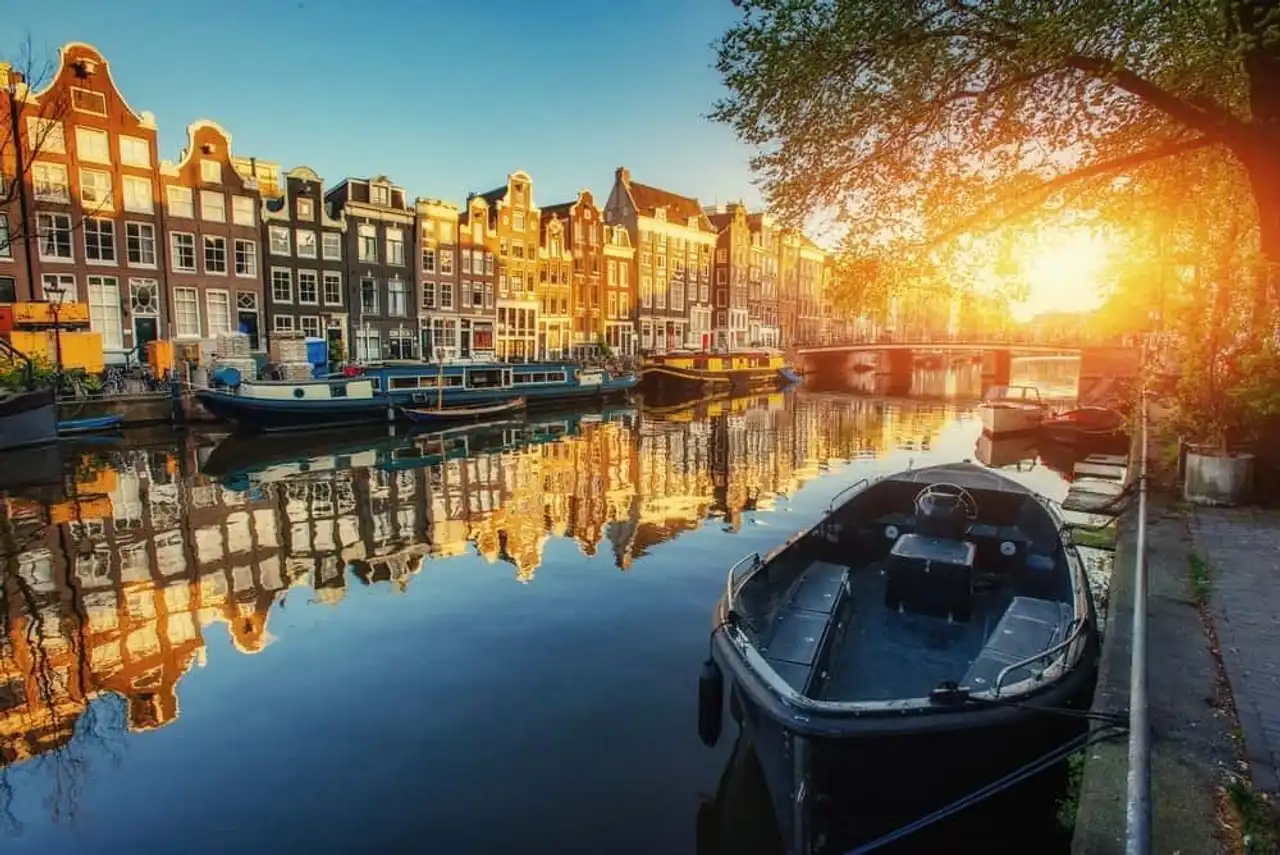
Photo credit: Shutterstock / Standret
Amsterdam is world famous for the number of bicycles that circulate every day in its streets. It would even seem that there are more bicycles than inhabitants. This city is hyperactive with its international ports, which do not only see sailors crying. On the contrary, the Netherlands is one of the countries with the happiest inhabitants. This promotes positive reactions and behaviours towards the city's decisions to succeed in its ecological transition.
Since 2014, for example, Amsterdam has been testing and developing solar cycle paths, when it does not organize cruises to clean its canals. Evaluated as the “healthiest city in the world” in 2018, according to several criteria defined by the Spotahome site, Amsterdam wants to reduce its CO2 emissions by 40% by 2025 (as compared to 1990).
2. San Francisco (United States)
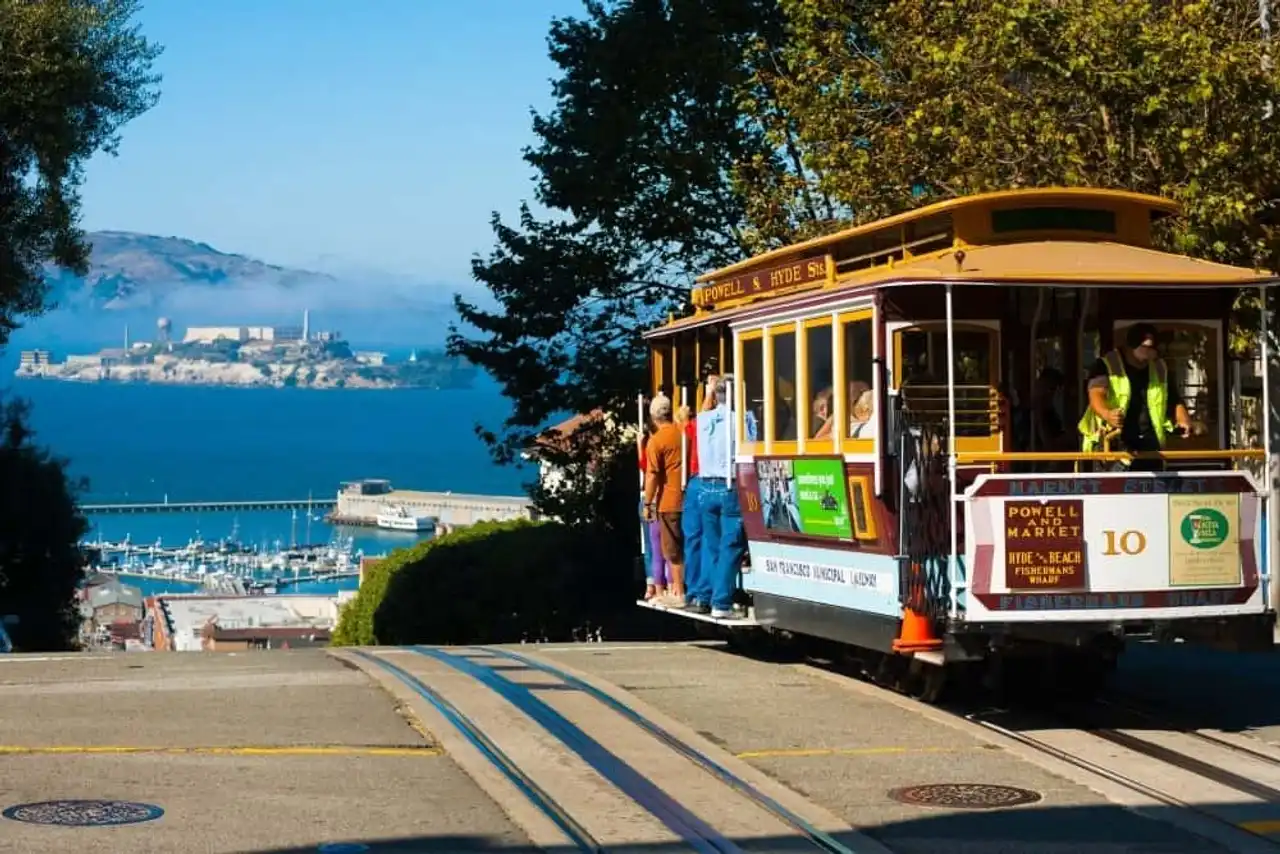
Photo credit: Shutterstock / Pius Lee
This tech capital is recognized throughout the world as one of the emblems of the American Way of Life. Named the city “the greenest of North America” in 2011, San Francisco has continuously improved since. Whole buildings, like the Moscone Center, are covered with solar panels. This has led the city to reduce its carbon dioxide emissions by 34,000 tonnes, which is to remove 7,000 cars from traffic.
In 2016, San Francisco confirmed its place among the most ecological cities in the world: it was the first to have banned bottles of plastic water. Privileging recycled cardboard packaging, or at least recyclable, the city is illustrated by its responsible initiatives.
3. Curitiba (Brazil)
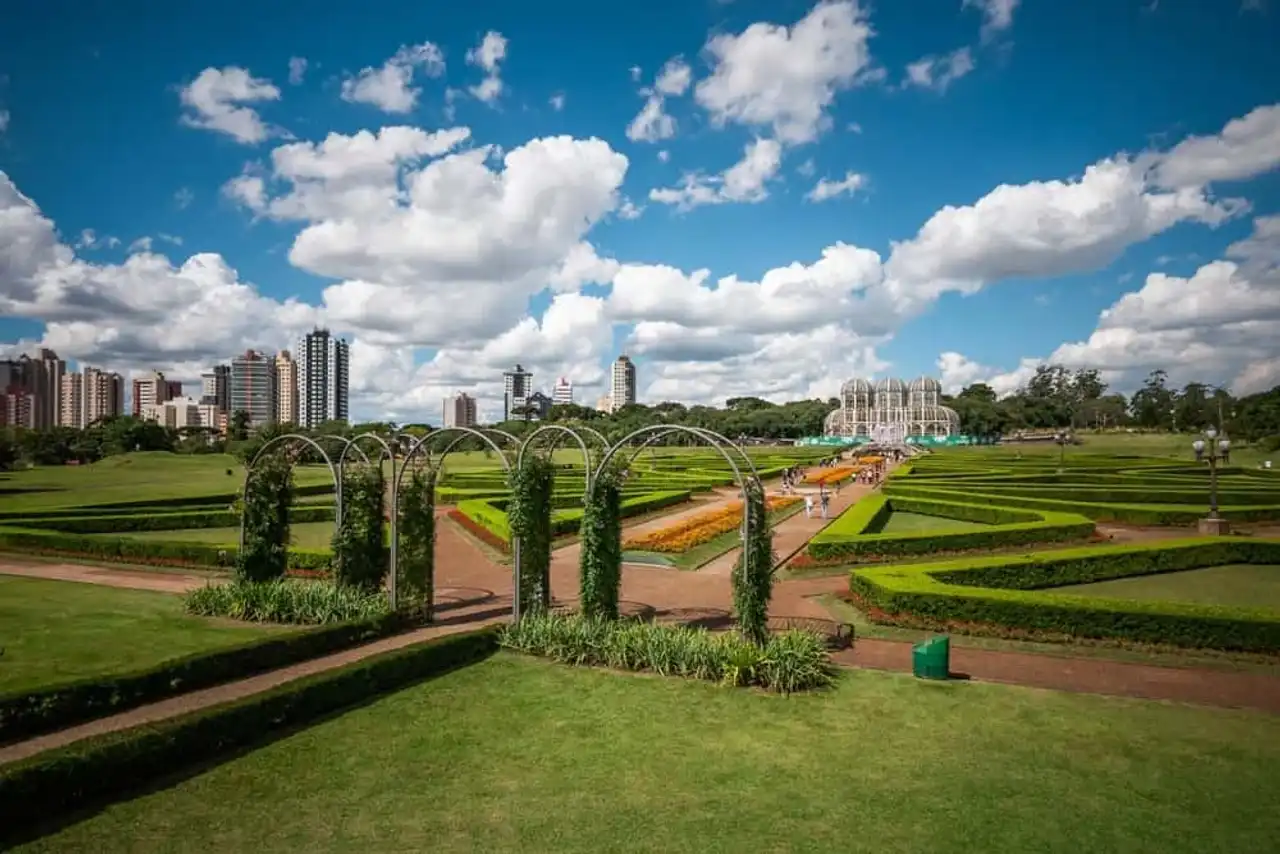
Photo credit: Shutterstock / R.M. Nunes
Nicknamed “ Cidade Modelo da América Latina “(Latin American model), Curitiba has been engaged in environmental policy since the 1980s. In advance of its time, this Brazilian city tries 70% of its waste thanks to an ingenious trading system: waste against baskets of vegetables! In parallel, Curitiba planted more than a million trees on the edge of the highway and created more and more green spaces (60 m2 per capita).
♪ curitibanos are more than 1.6 million, which leaves an idea of the project... The public transport network is also considered one of the cleanest and best thought out. In 1996, the city was rewarded by the English Building and Social Housing Foundation , an organization that identifies the most innovative projects. Today, in Curitiba, more than 1,900 buses drive 85% of the population every day.
4. Stockholm (Sweden)

Photo credit: Shutterstock / Oleksiy Mark
Stockholm, in addition to being one of the cleanest, is the first European city to get in 2010 the prestigious European Green Capital Award (Prix de la Capitale Verte). This award rewards cities that innovate and encourage them in their initiatives. Swedes have many projects that include the city in an important ecological approach. For example, the Grow Smarter project aims to transform wastewater into biofuels, with the aim of no longer using fossil fuels by 2050.
Also, the city wants to use the residual heat of data centers, or shops, to heat its inhabitants. A very smart way to reduce waste!
5. Vancouver (Canada)

Photo credit: Shutterstock / West Coast Scapes
Vancouver is the city of North America that emits the least CO2! Since 2010, it has as a project to promote bike and electric cars. To do this, it has created hundreds of kilometres of bike paths and has established numerous car charging stations. It includes important local and healthy food, creating new spaces for producers throughout the city.
By 2020, Vancouver’s ambition is to become the greenest city. At the moment, its place is maintained in the list of the most ecological cities in the world. Thanks to its multiple and varied projects aiming to minimize household waste, it is in the process of achieving its objectives.
6. Zurich (Switzerland)
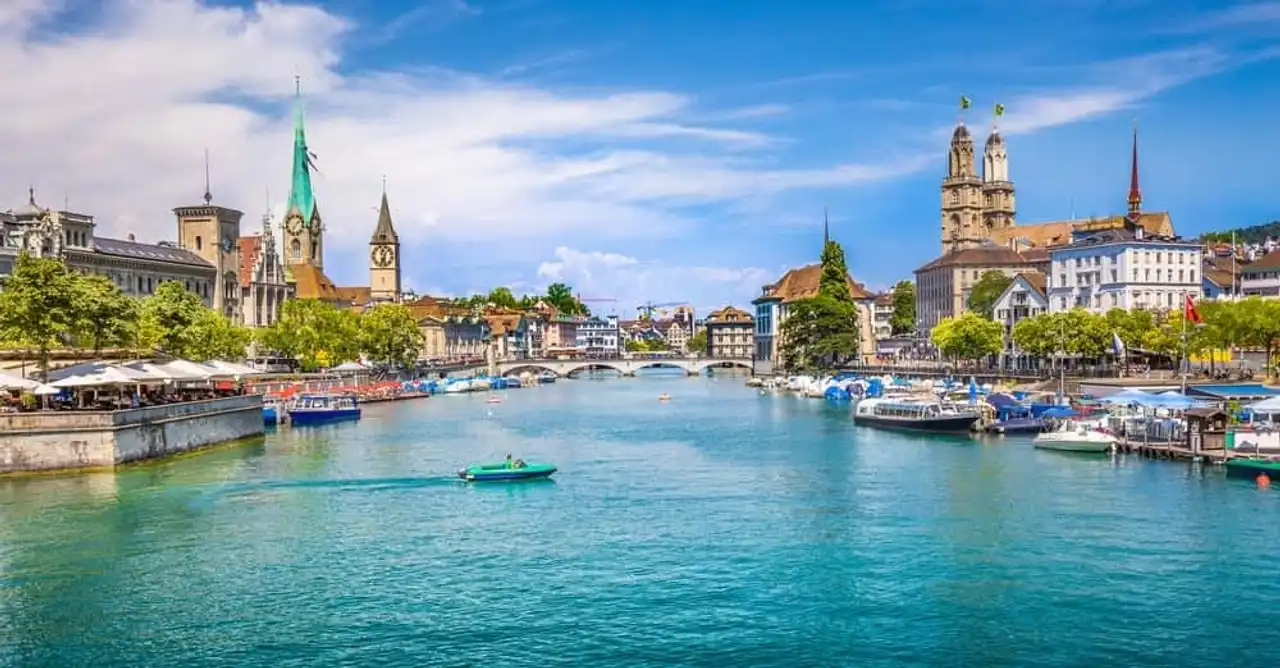
Photo credit: Shutterstock / canadastock
Zurich is one of the most ecological cities thanks to its policy on electricity consumption. Indeed, based on strong awareness and public involvement, Zurich could be the first “King 2,000 watts” in the world in 2050. This means that its residents could only need 2,000 continuous watts to live. To get an idea in Europe, the average peaks at 6,300 watts. In addition, the Swiss capital is not free from green spaces.
In 2020, an eco-neighborhood, “ Green-City “, go see the day. A geothermal power plant and solar panels will power the buildings. And everything was thought out to reduce consumption by 40%.
7. Copenhagen (Denmark)
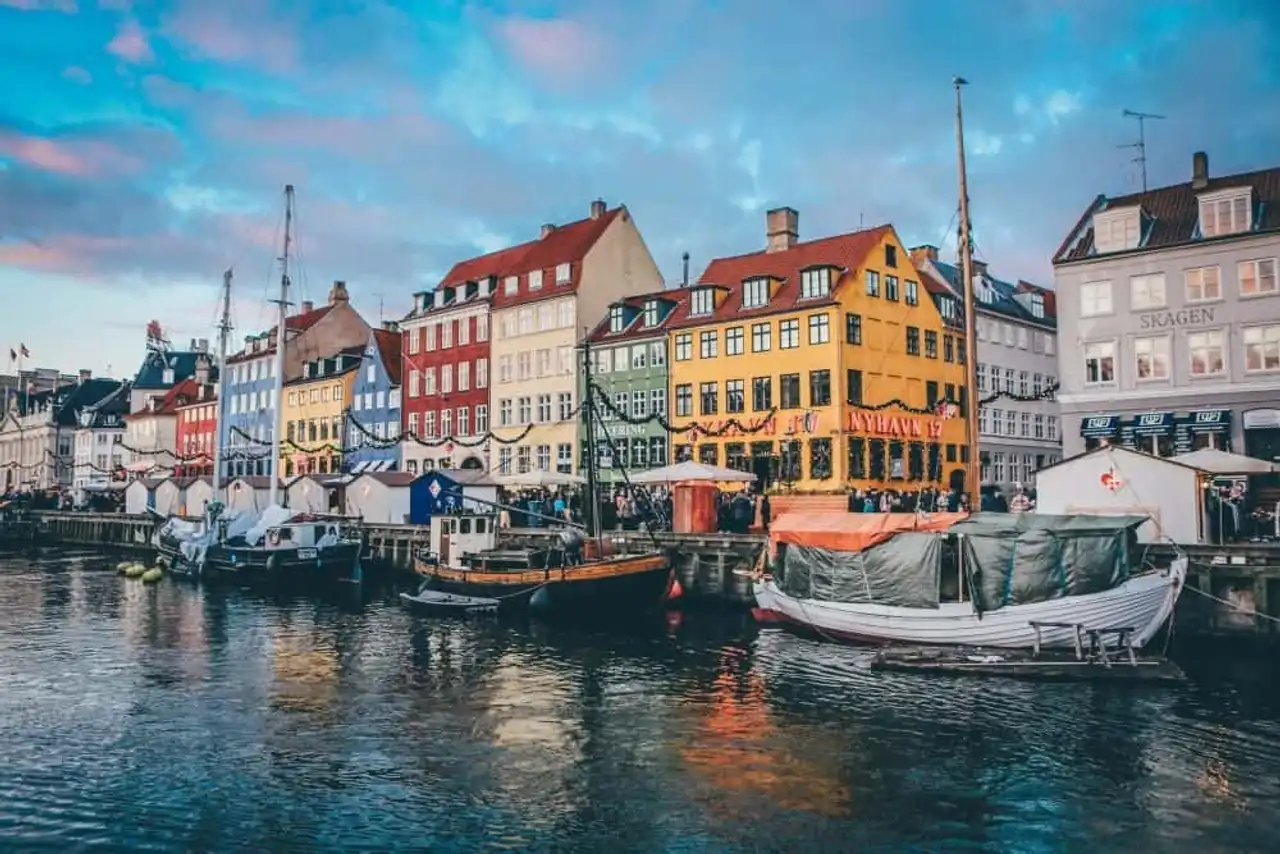
Photo credit: Unspash – Nick Karvounis
The Danes have been taking environmental issues very seriously for several years. Considered as the “Green Capital of Europe”, Copenhagen perfectly combines tradition, modernity and ecology. The bicycle is a means of transport that is widely adopted by the population. Moreover, for several decades the city has been built so as to favour it.
Public transport is also widely used by city-dwellers, and in addition, the entire network drives electricity. The CO2 rate is one of the lowest in Europe and to crown it all, the city aims to be carbon neutral for 2025!
8. Reykjavik (Iceland)
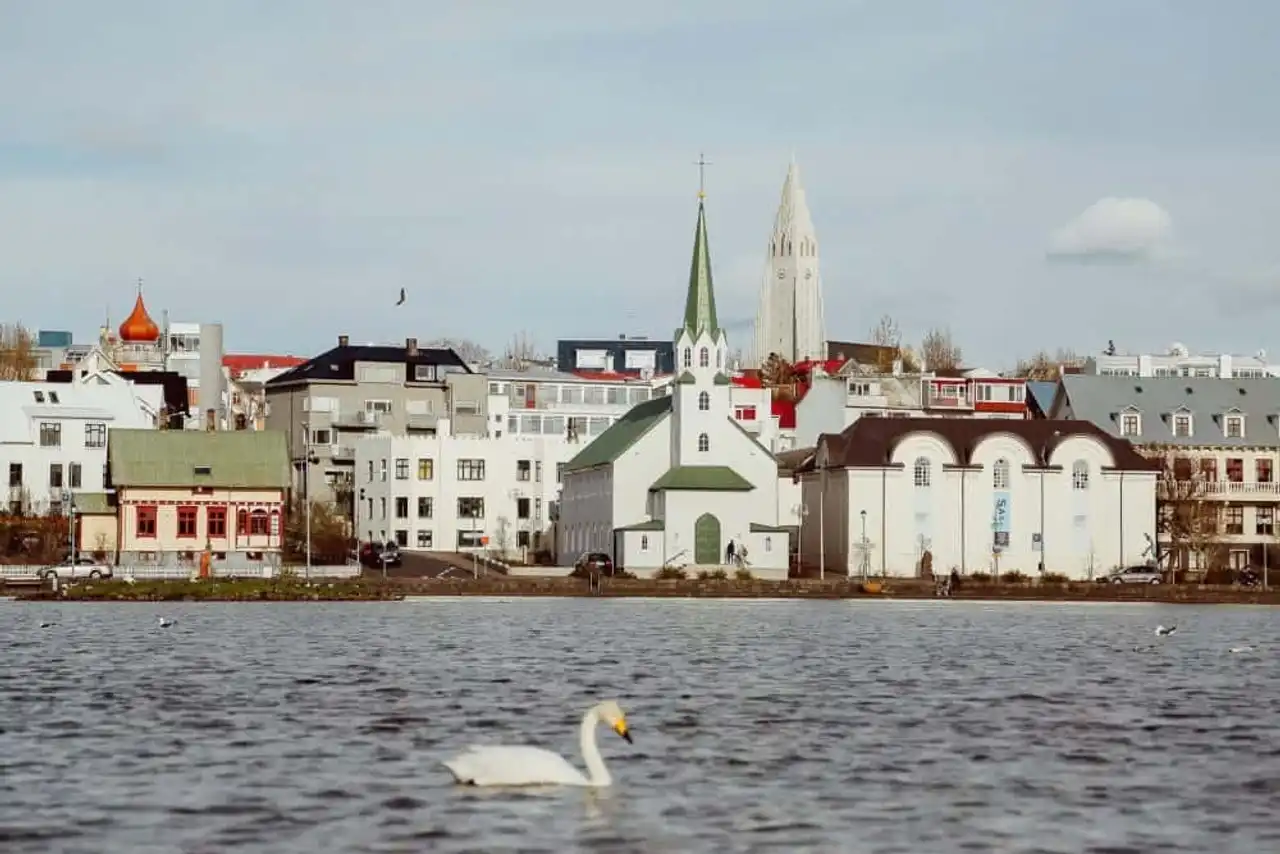
Photo credit: Unspash – Evelyn Paris
L’ Iceland is an island in the north of Europe, which shelters only 30,000 people, almost 122,000 of whom live in Reykjavik, the capital. Iceland’s unique geology and topology allow it to supply the whole city with 100% renewable energy: geothermal and hydro-electricity. Only 0.1% of electricity is generated by fossil energy. The quality of the air is exceptional. Because of this, since 1990, the transport network has been managed by a hydrogen motorization (bus and subway).
In 2018, the TravelBird palm attributes it the place of “the greenest city in the world”, especially thanks to 410 m2 of green spaces per capita.
9. Cap Town/Cape (South Africa)
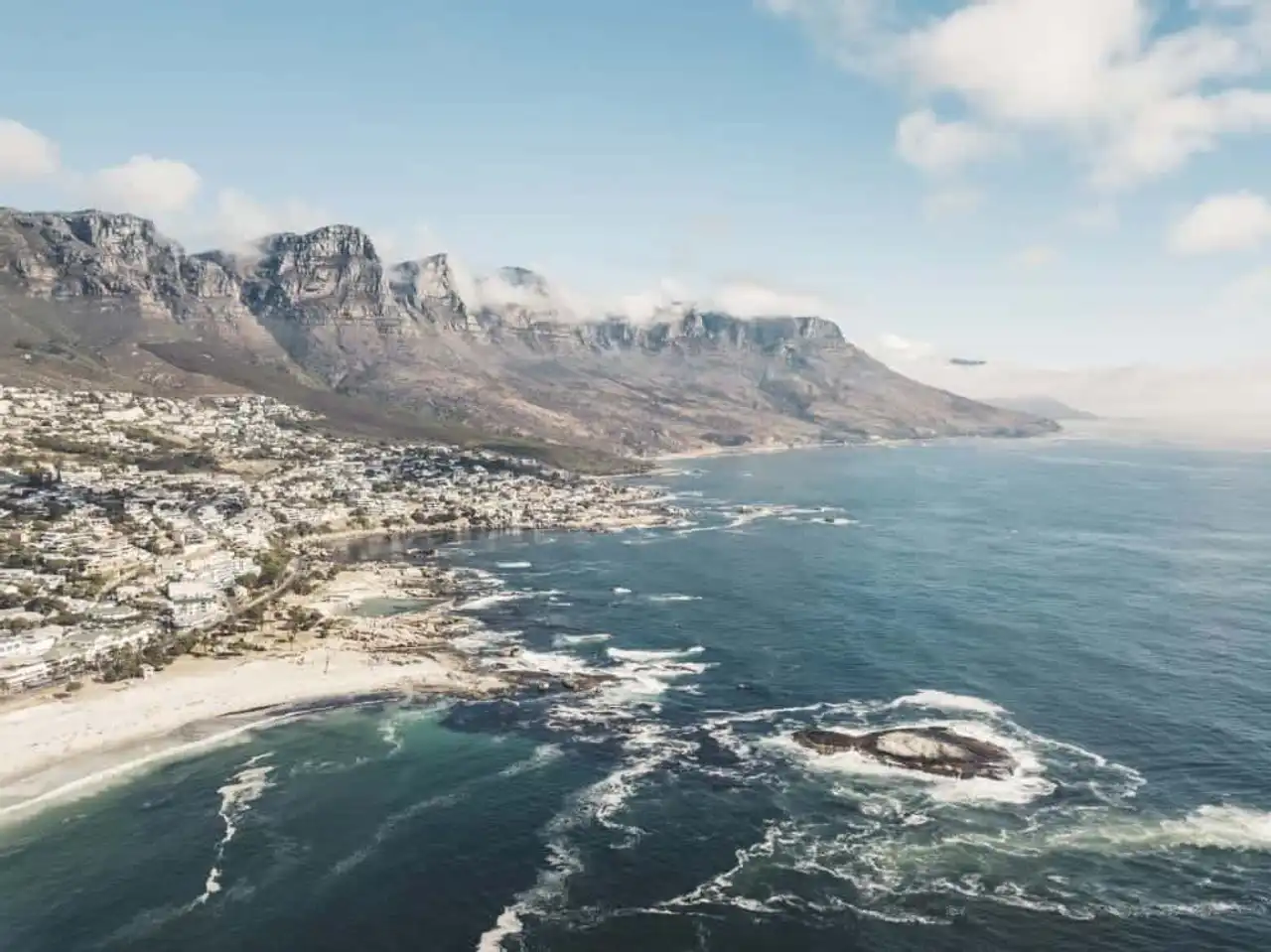
Photo credit: Unspash – John O’Nolan
The organization Carbon Disclosure Project (CDP) ranked Cape Town among the 5 most ecological cities in the world. Rather discreet, Cap Town is still active in favour of climate. Indeed, between 10 and 20% of its energy production comes from renewed sources. The city has also strengthened its public transport network. This has resulted in reduced urban traffic, reduced pollution and carbon dioxide emissions. It is a feat for this growing city of Africa.
Cap Town makes us understand that, finally, sustainable development is accessible to all those who give their courage.
10. Oslo (Norway)
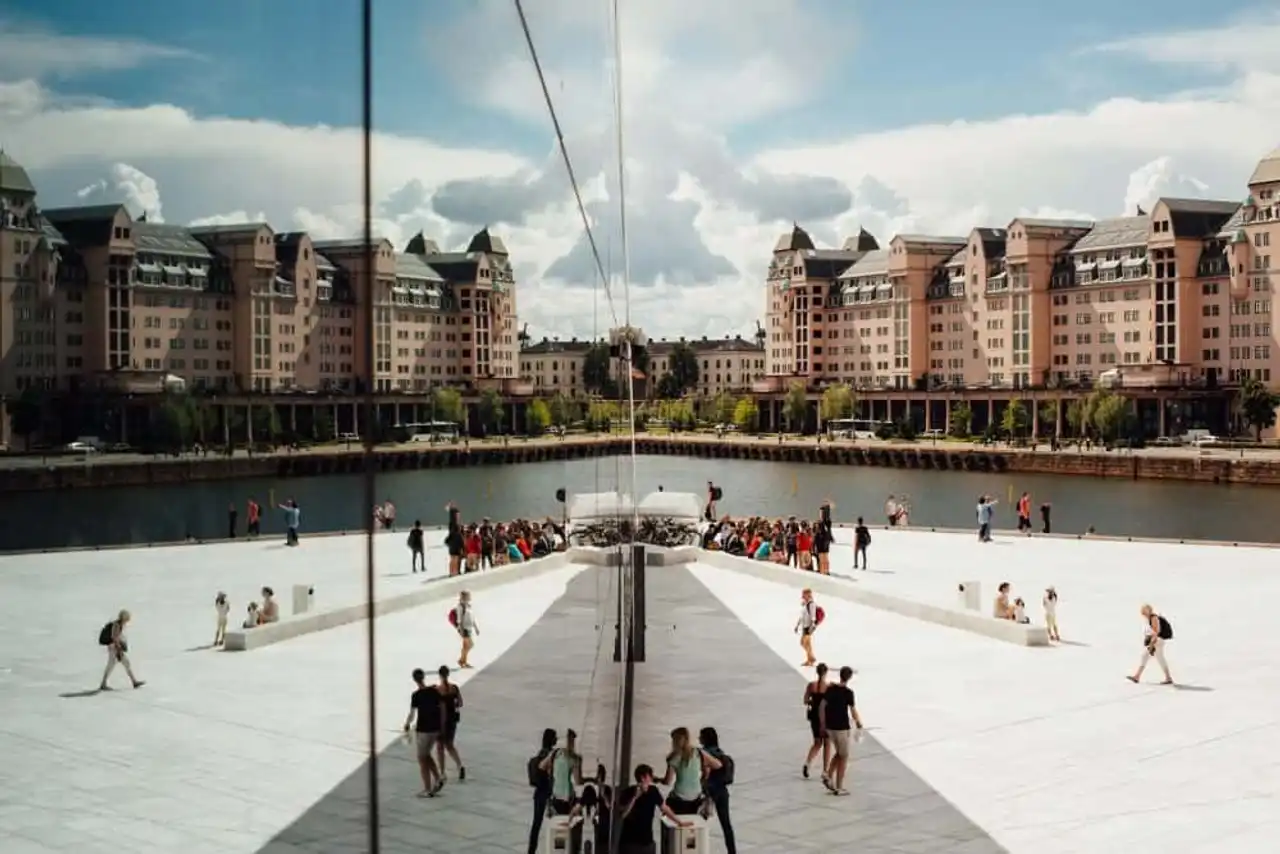
Photo credit: Unspash – Oliver Cole
Winner of the Green Capital Award in 2019, the Norwegian capital is rewarded for its ecological and social approach. Indeed, in 2020, Oslo hopes to be able to completely deprive itself of fossil fuels. For the moment, it is the capital that generates the least greenhouse gas.
Oslo is also one of the most ecological cities in the world in relation to its way of involving its inhabitants. Moreover, they move at 85% on foot, by bike or by public transport. Just like in Reykjavík, these are ultra-proper, because motorized "hydro-electrically".
11. Wellington (New Zealand)

Photo credit: Unspash – Nate Watson
New Zealand capital, Wellington is also called “the sale capital”, due to its location on Earth: to “rought quarters”. This term means that Wellington knows constant and powerful winds all year round. As a result, in 2009, the West Wind project, a large wind farm, was launched near the city. Today it has become an attraction, with a walk and an exceptional view.
With regard to its electricity consumption, the city hopes to produce 90% from renewable energy. The pollution level is excellent in all points: pure air, clean water, cleaned soils... Since 2000, the city has managed to reduce its CO2 emissions by 2%, although it has experienced an increase of 21%.
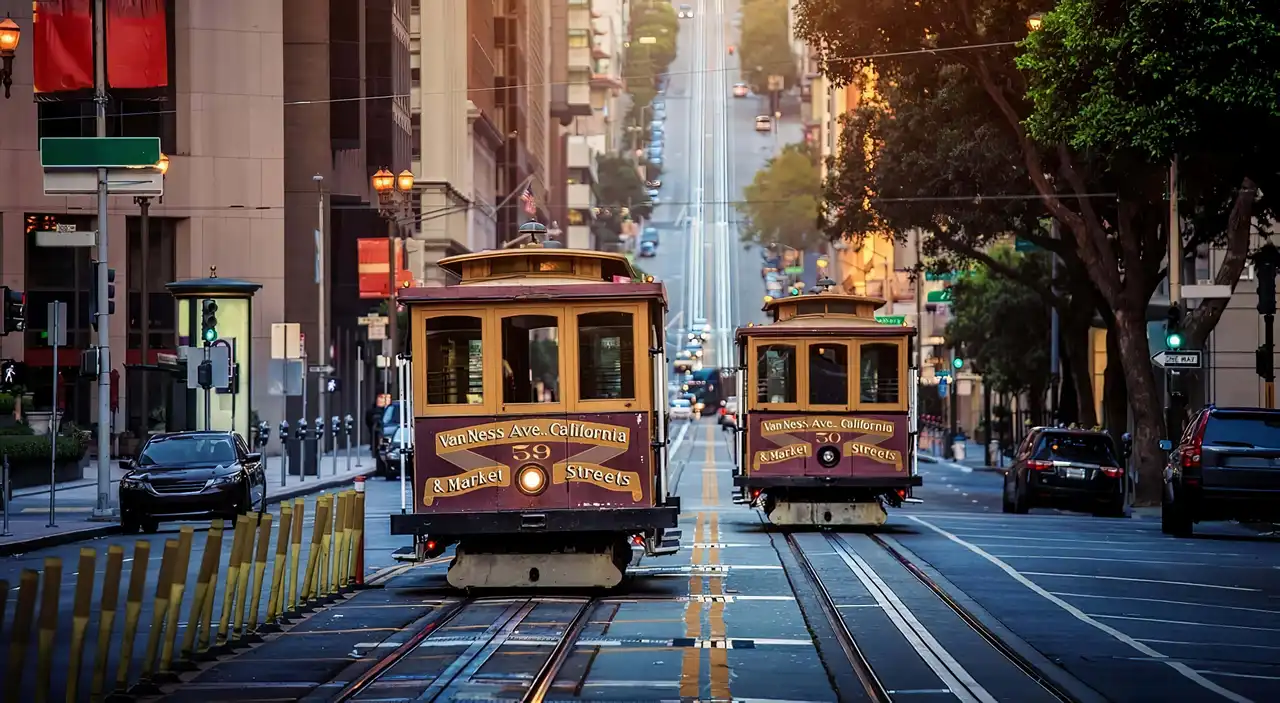







Loading comments ...